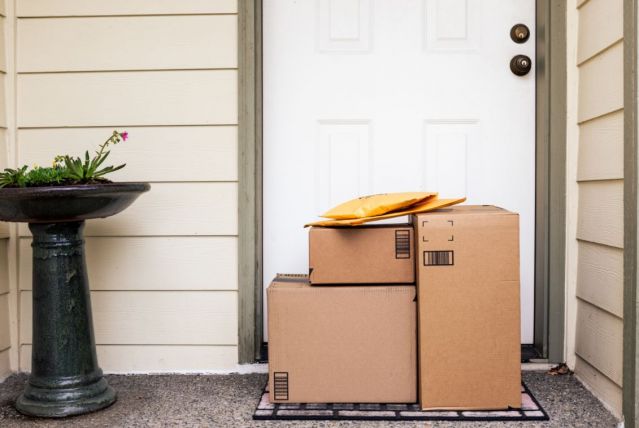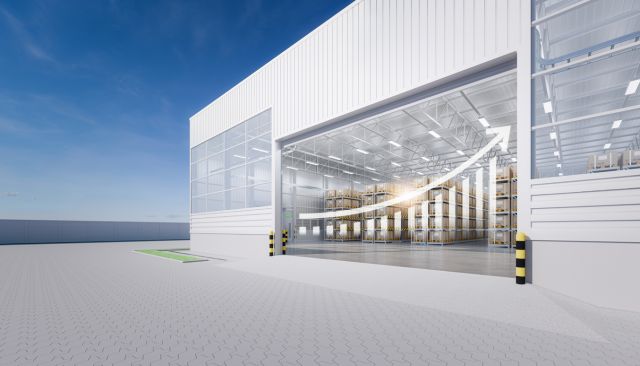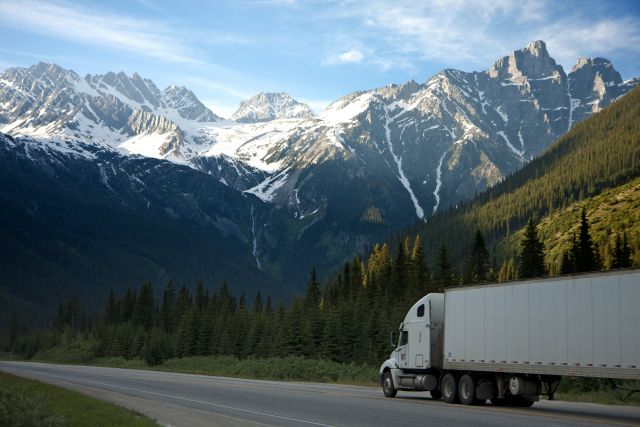THE AMAZON EFFECT
What is the Amazon Effect exactly? To answer that question, let’s first dive into the e-commerce giant’s history.
The History of Amazon.com
In 1994 a Wall Street hedge fund executive by the name of Jeff Bezos incorporated his online company “Amazon.com”. After conducting research, Bezos decided that the best product to start selling on Amazon.com would be books. Unlike other online book retailers of that time (like Silicon Valley’s Computer Literacy), Amazon’s promise was to deliver any book, anywhere.
Financial experts doubted the potential success of Amazon.com - even dubbing it “Amazon.bomb”. Bezos ignored the negativity believing that the naysayers did not understand the potential of the internet. While the company did not start seeing real profits until Q4 of 2001, customer accounts were increasing at a rapid pace. Before the company even started to turn a profit, Amazon.com went public in 1997 and raised $54 million dollars on the NASDAQ.
In 1998 the company would start selling music and videos. By 1999, Amazon.com was selling consumer electronics, video games, software, home improvement items, toys and many other products.
Fast forward to today – Amazon.com is operating in 15 international marketplaces serving over 200 countries/territories. The company sells over 12 million products including its own proprietary brands such as the Kindle e-reader, Fire tablet, Fire TV, Amazon Drive, Alexa and Echo. Amazon also offers several subscription services like Amazon Prime, Amazon Music, Amazon Digital Game Store, and more.
How has Amazon changed the way people shop?
Amazon is largest online retailer in the world serving over 112 million subscribers with a net worth of over $1.7 trillion. Amazon customers expect diverse variety, a convenient and smooth shopping experience, good prices, honest customer reviews and, for Amazon Prime subscribers, free two-day shipping.
The precedent set by the e-commerce giant has shoppers now expecting the same experience from other online retailers, brick and mortar stores – and even from service providers (like spas) who cannot sell online! This has resulted in the “Amazon Effect”.
The Amazon Effect Defined
The Amazon effect refers to the way online marketplaces (like Amazon) have impacted the traditional brick and mortar business model; along with customer expectations, shopping patterns and how retailers now compete with one another.
Retailers are now forced to not only compete with other brick and mortar shops – but to compete online as well. Businesses who were not offering free shipping to their online customers quickly realized that they better get onboard with the free shipping practice or they would fall behind. The catch is, not only does the shipping have to be free, but it also must be fast! Customers expect their goods to arrive within the two days that Amazon offers. Of course, there is no such thing as “Free” shipping as the costs must be absorbed somewhere. Either the retailer must incur the full costs of shipping or charge a portion of the costs to the customer. With a surge in demand for online purchases, retailers are shipping at an exponentially higher rate. Since customers do not want to pay for shipping, these costs eat into retailer’s profit margins making it more difficult to compete.
Customers are also expecting more variety. For smaller retailers this means carrying larger inventories – again increasing their operating costs.
What does the Amazon Effect have to do with the Transportation Industry?
For many years the main distribution model for retailers was to have large warehouses located in semi-rural areas that would supply inventory to large regions or even whole states/provinces. Thanks to the Amazon effect, the new distribution model used by many retailers is to have smaller warehouses located near larger markets to reduce transit times to customers.
While the typical 53’ truck is essential for delivering large loads, box trucks and/or vans are better suited for smaller deliveries to store-fronts, residences and public drop off locations (final mile shipments). While the need for transport trucks will likely never decline in demand, the need for small transportation equipment will continue to rise.
With consumers demanding free shipping, online retailers need to keep shipping costs low. The new distribution model allows for shorter transits which does decrease costs; however, there is an increased need for transport companies to implement new technologies to track shipments, plan efficient routes and monitor driver/vehicle performance.
The need for visibility has also increased. Consumers want to track their orders from time of purchase to delivery. This requirement is spilling over into the B2B trucking industry. Since consumers can get full tracking on a $20 item purchased from an online retailer – shippers are expecting full visibility of their high value cargo. This has put increased pressure on trucking companies and drivers to subscribe to tracking applications and equipment that will consistently feed data from pickup to delivery.
How long will Amazon continue to impact the supply chain?
Amazon is a global e-commerce giant that continues to show significant growth in revenue, subscribers, and sellers year over year. It is unlikely that we will see Amazon reduce in popularity anytime soon. Even more unlikely is that we will see a reduction in the consumer demands derived from the Amazon shopping experience.
In fact, with the growing popularity of online shopping, we will gradually see less and less traditional brick and mortar retailers. While shipping costs from selling online certainly tops those of selling in store, being “open” 24 hours a day with no additional operating expenses, cutting rent and the associated overhead costs, and reducing the number of employees needed to run stores might balance the books in the long run.
Bottom line – online shopping is here to stay. As we move into the future, we can expect Amazon’s distribution strategies to improve and more retailers to follow their distribution model.
If you have any questions or comments on the Amazon Effect’s impact on the retail and transportation industries, please email marketing@traffix.com.



